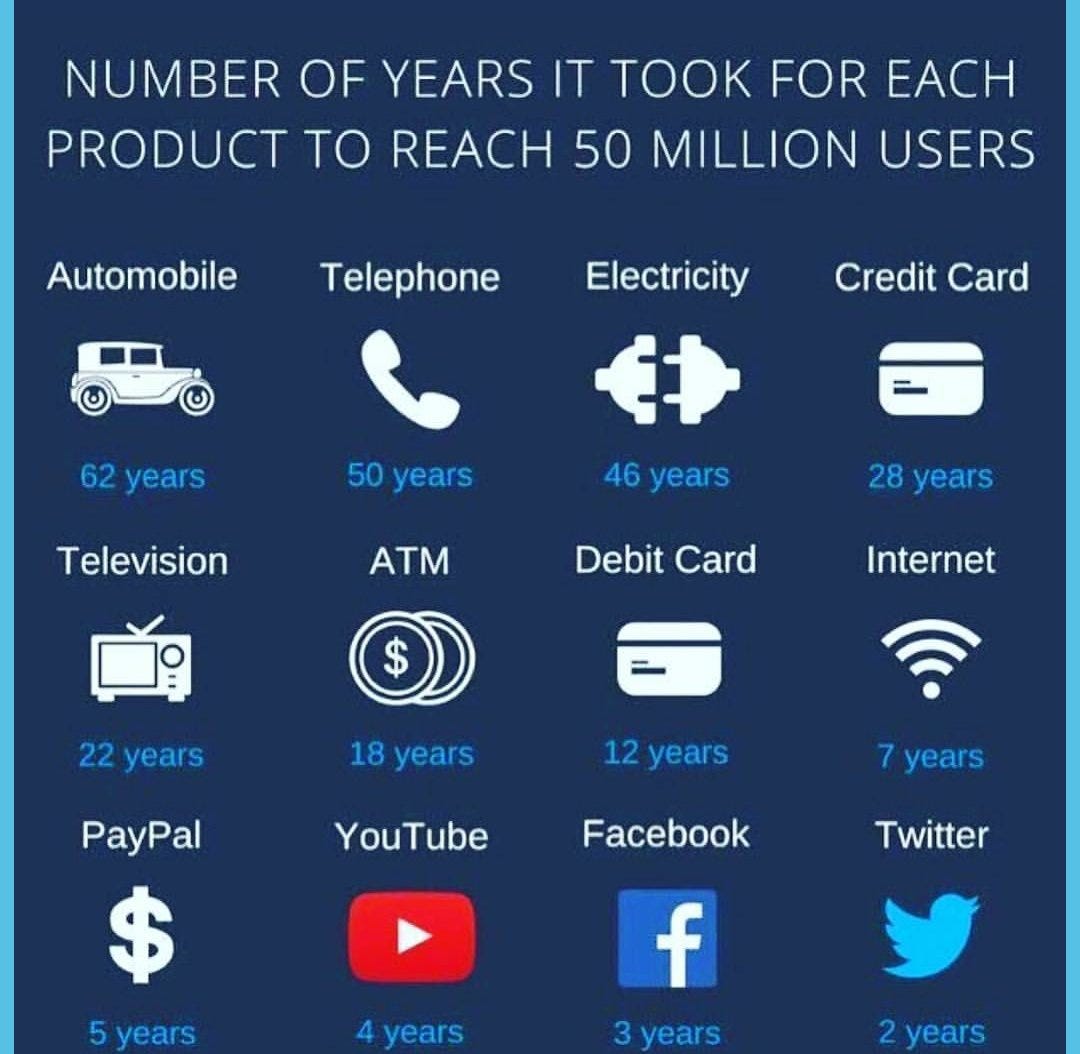It took 5 years for the internet to reach a market audience of 50 million users

It Took 5 Years for the Internet to Reach a Market Audience of 50 Million Users

Introduction
The internet has become an integral part of our lives today, connecting people across the globe and providing access to a vast array of information and services. However, the journey of the internet reaching its first 50 million users was not an overnight success. It took a significant amount of time and effort to achieve this milestone.
Early Days of the Internet
In the early 1990s, the internet was still in its infancy. Only a limited number of people had access to it, mainly researchers and scientists. The concept of the World Wide Web was not widely known, and the internet was primarily used for academic and government purposes.
Emergence of the World Wide Web
In 1991, Tim Berners-Lee introduced the World Wide Web, which revolutionized the way we use the internet today. It allowed for the creation of websites and the sharing of information in a user-friendly format. This breakthrough sparked the beginning of the internet’s journey towards reaching a wider audience.
Increasing Accessibility and Awareness
During the early to mid-1990s, the internet started gaining more popularity and recognition among the general public. Internet service providers (ISPs) emerged, offering dial-up connections that allowed users to access the internet from their homes. Tech-savvy individuals, early adopters, and businesses started connecting to the internet, but the user base was still relatively small.
The Dot-com Boom
The late 1990s saw the rise of the dot-com boom, where companies focused on internet-based business models received significant investments and grew rapidly. This period witnessed an explosion of internet companies, such as Amazon and eBay, attracting more users to the online realm. The dot-com boom played a crucial role in the growth and expansion of the internet.

The Growth Spurt
Between 1995 and 2000, the internet experienced astonishing growth. As technology evolved, internet speeds increased, and the cost of internet access decreased. This combination of factors made the internet more accessible to a broader audience.
Global Impact
The internet’s reach extended beyond the boundaries of individual countries, connecting people from different cultures, backgrounds, and languages. This globalization effect further contributed to the increasing number of internet users.
50 Million Users Milestone
Finally, after five years of continuous advancements, the internet reached a market audience of 50 million users. This milestone marked a significant achievement and highlighted the internet’s capacity to revolutionize communication, commerce, and information sharing on a global scale.
Conclusion
The internet’s journey towards reaching a market audience of 50 million users was a testament to the relentless efforts of pioneers, innovators, and early adopters who believed in the potential of this revolutionary technology. Today, with billions of users worldwide, the internet continues to shape our lives and redefine the way we interact, learn, and conduct business.
Source:
Share
Related Posts
Quick Links
Legal Stuff

